
By Daniel Sheriff, Staff Writer
“I can’t believe this. This is unreal.” These were the thoughts that ran through my mind on May 10th as Manny Acta, the manager of the Cleveland Indians, walked into the press room and said hello to me and twenty-four other lucky students selected to be “Reporter for the Day” by The Cleveland Indians and the Plain Dealer.
When I was given the flyer for this contest, I was really excited, but was hesitant to participate because I didn’t feel that I would be good enough to get in. However, I decided that I wouldn’t be able to live with myself if I didn’t at least try. Two days later, I received an email from the Indians and couldn’t believe it. Of the three hundred who applied, I had actually been one of the twenty-four selected to become a “Reporter for the Day.”
When Acta said hello to us, I was in such awe that I couldn’t say anything. He was a big man with a domineering presence in the pressroom. We were all sitting in the back as Acta took a seat up front. The reporters were sitting in front of us, and some of them I recognized. Terry Pluto was sitting in front of me wearing a cap. I was excited to be sitting behind such a great writer.
When the questions began, Acta admitted that he was not surprised at how well the team was doing. He felt their success could be dated back to the second half of last season, when they started playing much better.
He was not paying attention to the scores of the games of other teams in the Central Division because it was too early to be thinking about that. He also praised the bullpen for their phenomenal pitching. He was especially impressed with the improvement of Justin Masterson, who improved his mechanics, pitch count and damage control.
After Acta left, sports columnist Paul Hoynes stayed behind to talk to us a little bit about what it takes to be a good writer. Hoynes described the differences between writing for baseball and football. For baseball, there is something new to write about every day, and the players are more willing to talk to the press.
Hoynes also explained that reporters must be accurate, fair, curious, prepared, and always have the right questions to ask. He emphasized that a journalist should never be afraid to ask questions, even if they seem dumb.
After Hoynes left, we proceeded outside to the stadium where the Indians were at batting practice. Shelley Duncan, Lou Marson, and Grady Sizemore took turns batting and they made hitting seem effortless as they constantly smashed the ball into the outfield.
After we observed batting practice, we headed to the pressroom to interview three Indians players: all-star closer Chris Perez, relief pitcher Vinnie Pestano, and alternate third-basemen Adam Everett. I asked Perez if the busy schedule of the past week had been difficult. He admitted that he was a little worn out, but said he would rather pitch a lot than not get the opportunity to pitch at all.
Another student asked which player took on a leadership role for the team. The player admitted that there were different factions because of the different positions, but the players who were most respected were the veterans: Orlando Cabrera, Adam Everett, Travis “Pronk” Hafner, and Chad Durbin.
One of the biggest things that I took away from my interview was that no one on the team was jockeying for position. No player was concerned about the amount of playing time they were getting or the positions they were asked to play.
This experience has been invaluable to me. As a result of this program, I learned a great deal about what it takes to become a successful sports journalist, and this knowledge will contribute to my success in the future.




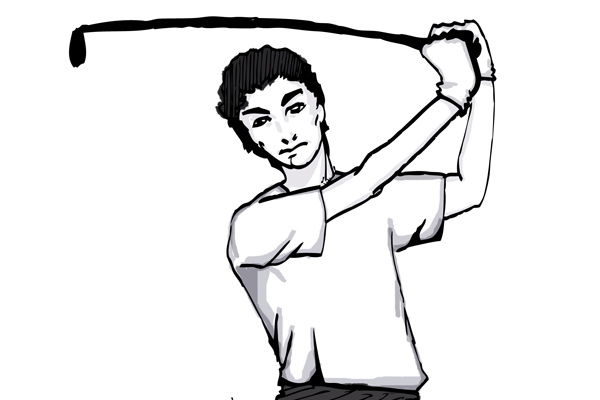
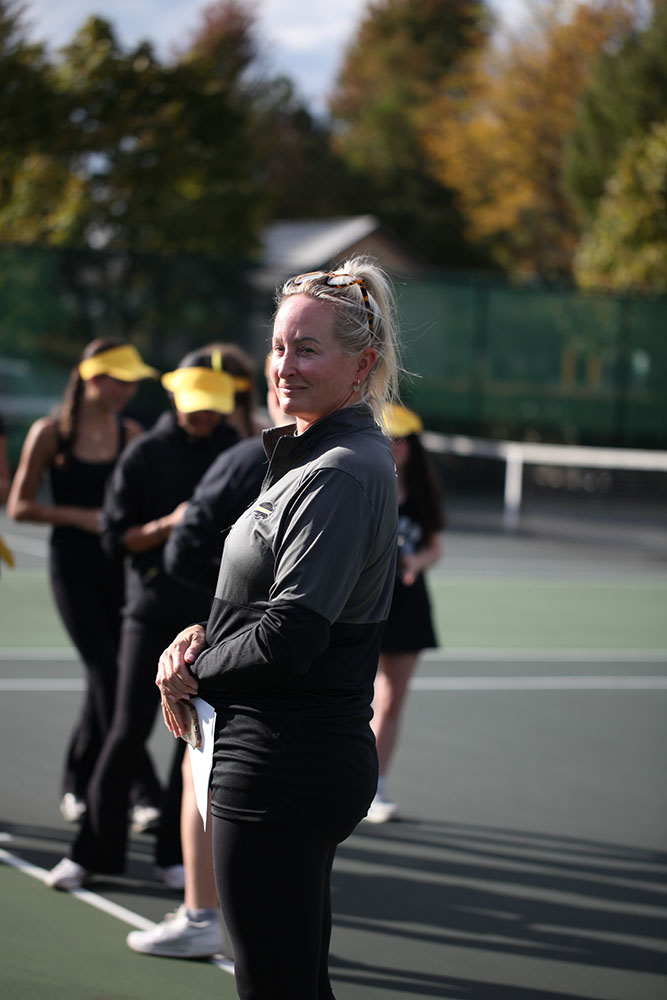
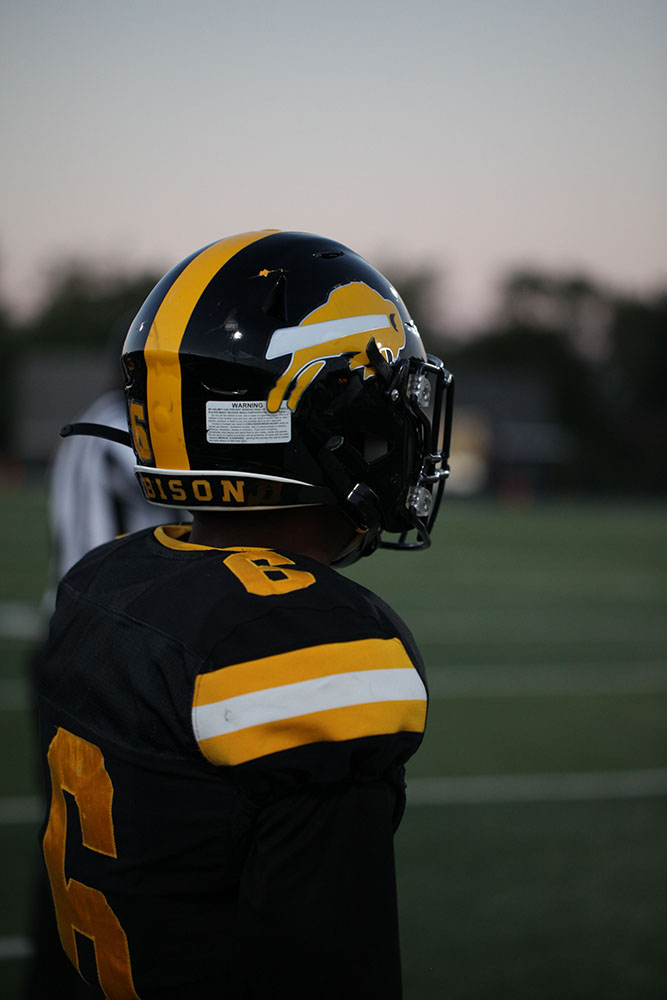
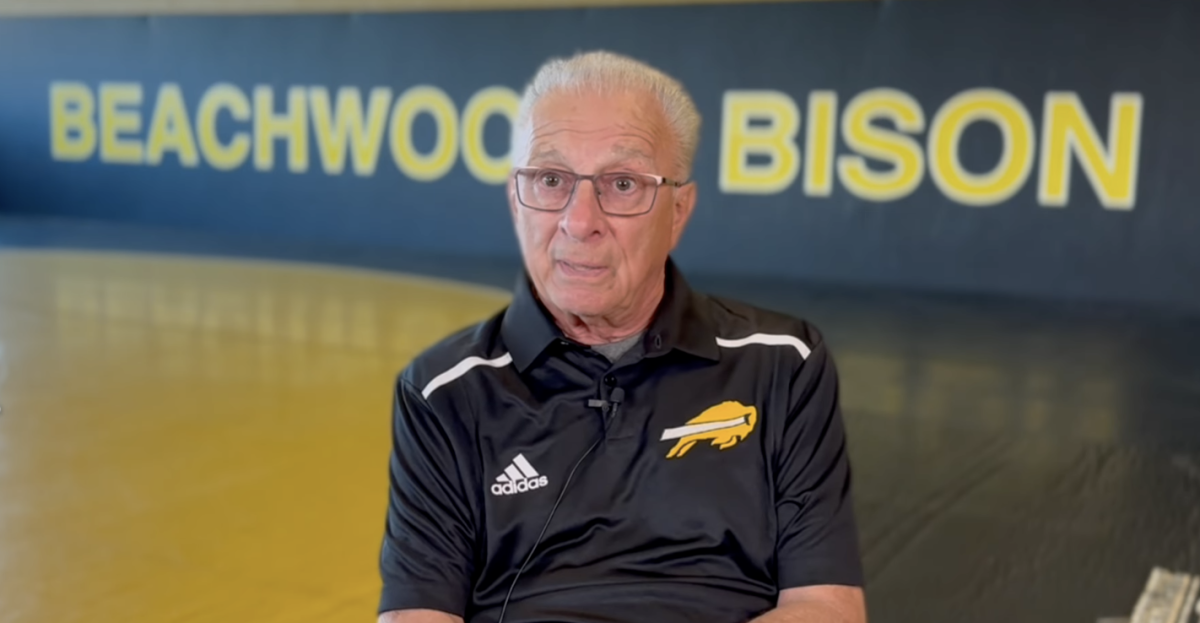
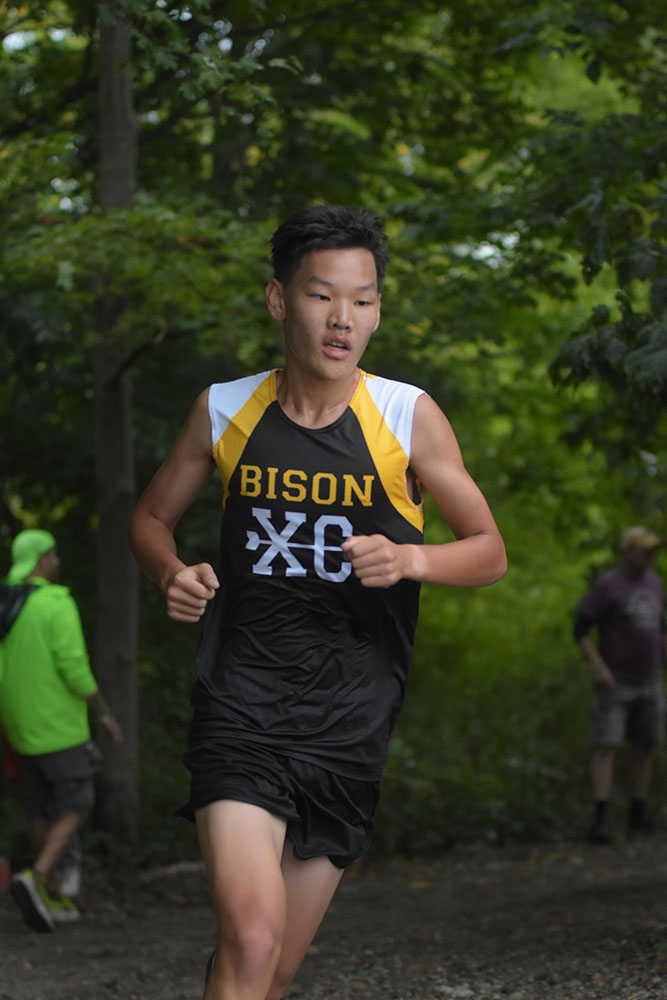
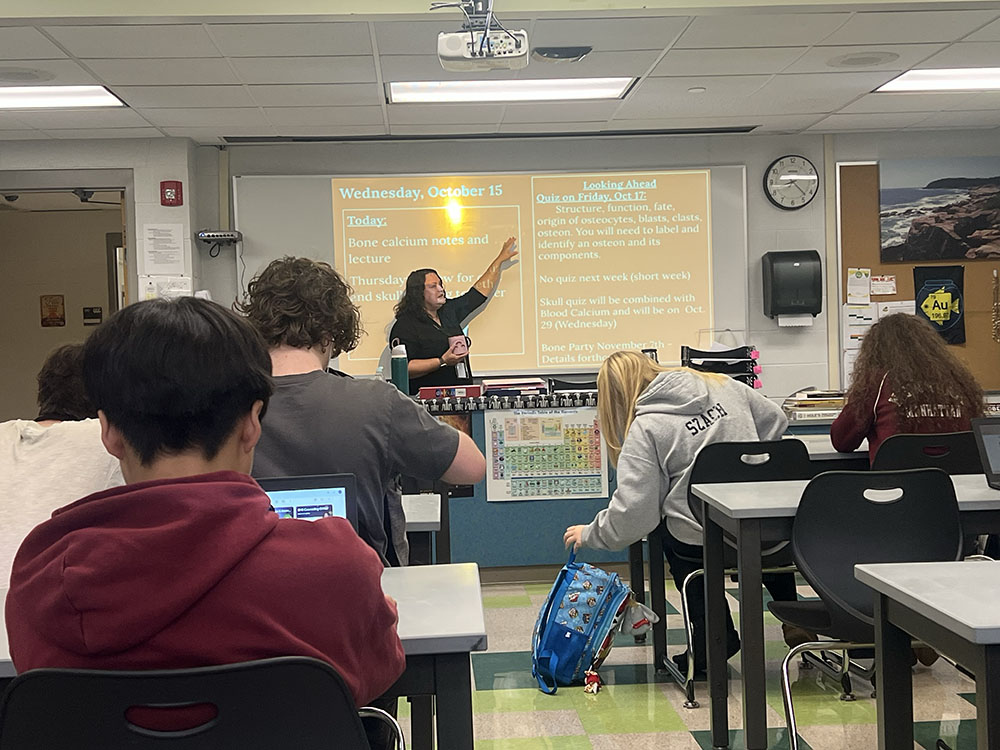
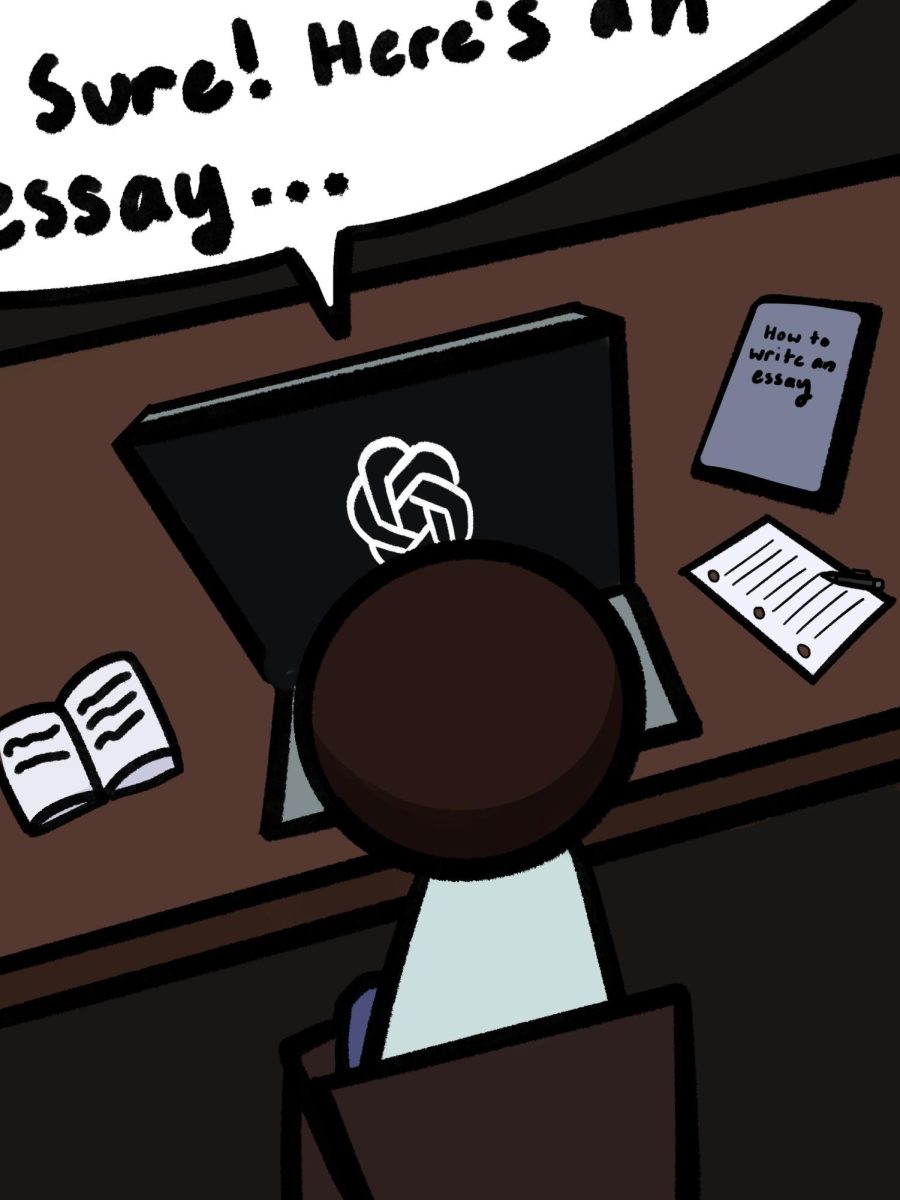
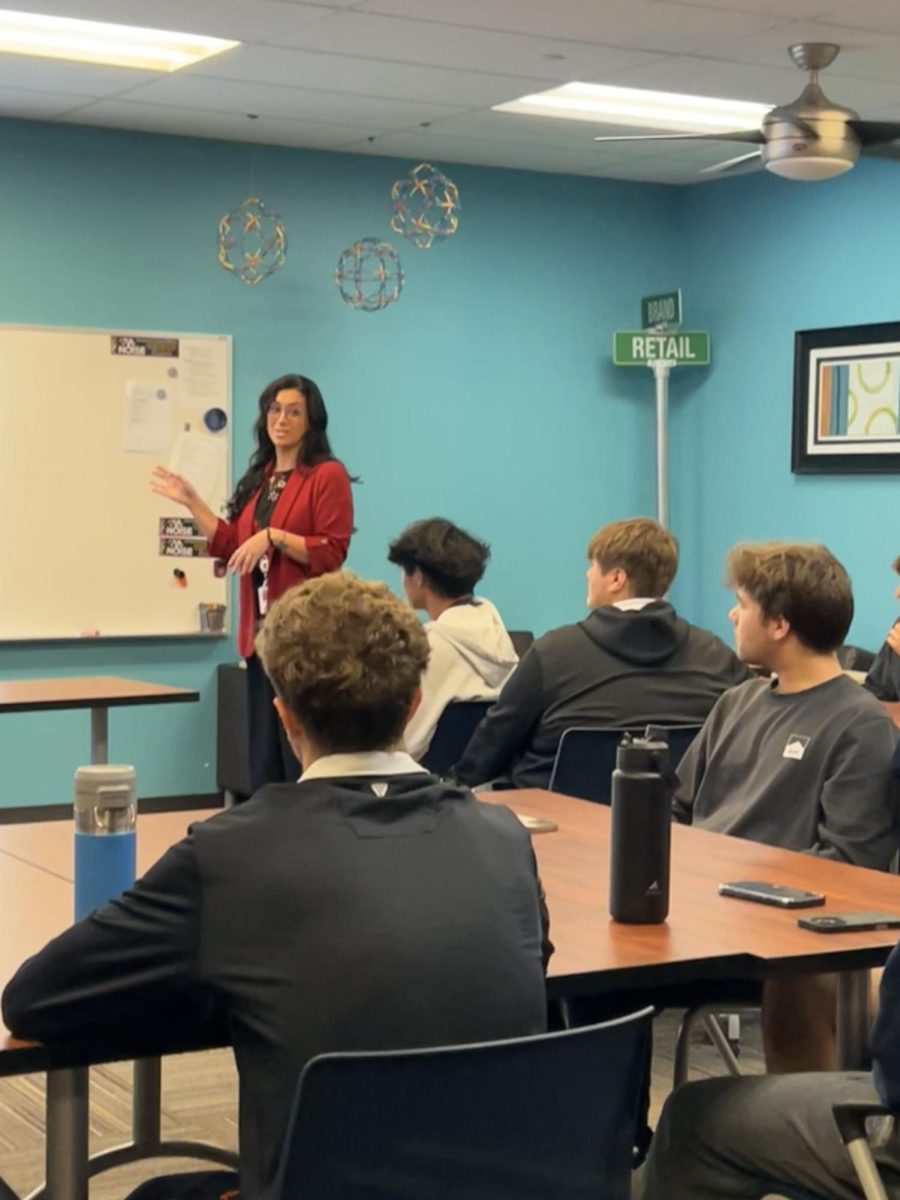
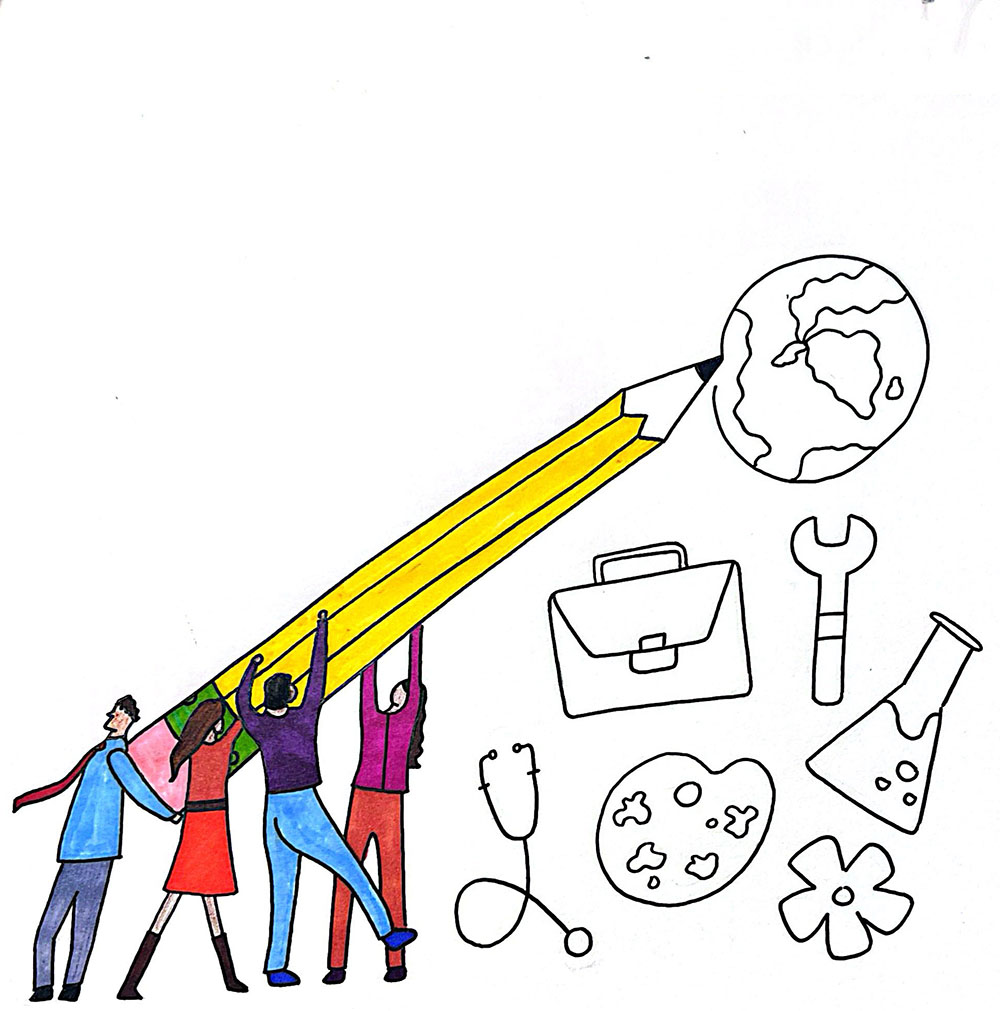
![“My parents have always said that education is important. My parents are Chinese immigrants, I'm Chinese American, [and that's a] value that has always been ingrained in our community,” said Senior Lyndia Zheng, pictured with Tony Zheng](https://bcomber.org/wp-content/uploads/2025/10/DSC_4244.jpg)
